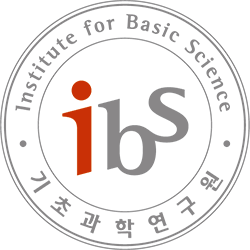Dong Yeap Kang (강동엽), A proof of the Erdős-Faber-Lovász conjecture
Zoom ID: 869 4632 6610 (ibsdimag)A hypergraph is linear if every pair of two distinct edges shares at most one vertex. A longstanding conjecture by Erdős, Faber, and Lovász in 1972, states that the chromatic index of any linear hypergraph on $n$ vertices is at most $n$. In this talk, I will present the ideas to prove the conjecture for …

